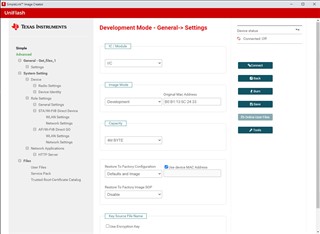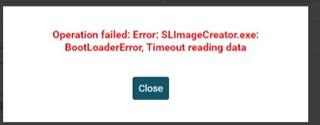Other Parts Discussed in Thread: UNIFLASH
I accidentally deleted the original e2egoing issue t ticket, so I'm opening a new one for our onrying to enable TLS on our MQTT connection. Lawrence suggested I zip the public key and attempt to attach it on the forum.



